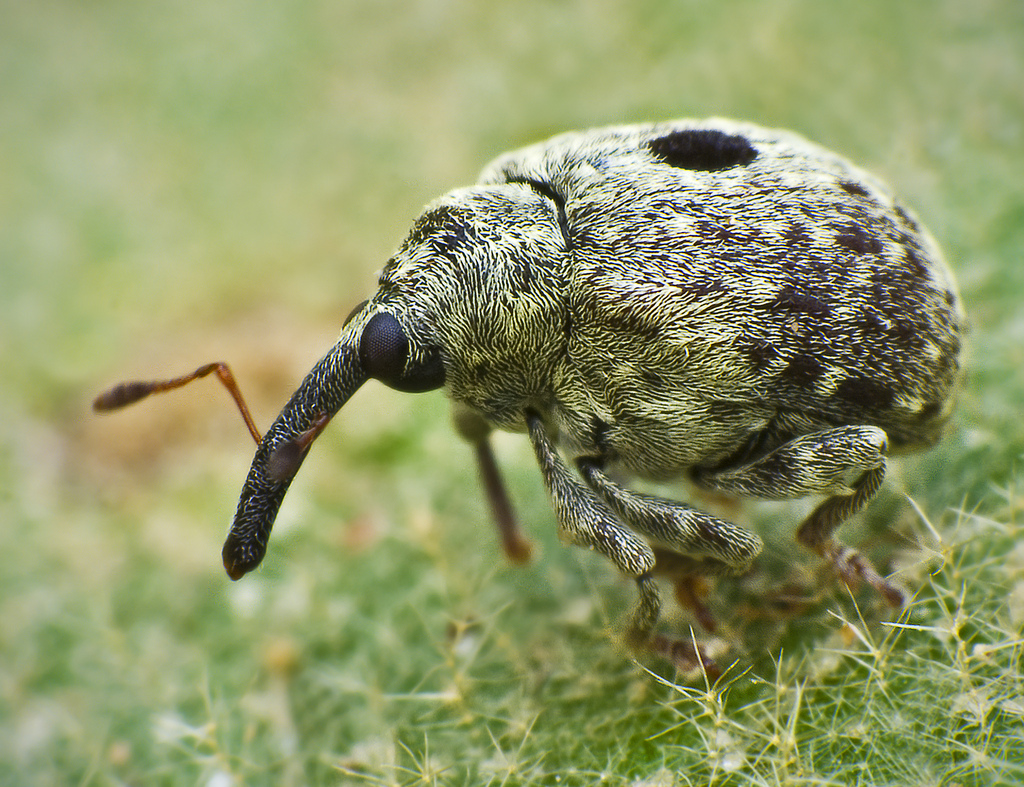|
Neophytobius
''Neophytobius'' is a genus of minute seed weevils in the beetle family Curculionidae. There are at least two described species in ''Neophytobius''. Species These two species belong to the genus ''Neophytobius'': * ''Neophytobius cavifrons'' (LeConte, 1876) * ''Neophytobius muricatus'' (Brisout de Barneville, 1862) g Data sources: i = ITIS, c = Catalogue of Life, g = GBIF, b = Bugguide.net References Further reading * * * Curculionidae Articles created by Qbugbot {{Curculionidae-stub ... [...More Info...] [...Related Items...] OR: [Wikipedia] [Google] [Baidu] |
Neophytobius Cavifrons
''Neophytobius cavifrons'' is a species of minute seed weevil in the beetle family Curculionidae The Curculionidae are a family of weevils, commonly called snout beetles or true weevils. They are one of the largest animal families, with 6,800 genera and 83,000 species described worldwide. They are the sister group to the family Brentidae. T .... It is found in North America. References Further reading * * Curculionidae Articles created by Qbugbot Beetles described in 1876 {{Curculionidae-stub ... [...More Info...] [...Related Items...] OR: [Wikipedia] [Google] [Baidu] |
Curculionidae
The Curculionidae are a family of weevils, commonly called snout beetles or true weevils. They are one of the largest animal families, with 6,800 genera and 83,000 species described worldwide. They are the sister group to the family Brentidae. They include the bark beetles as the subfamily Scolytinae, which are modified in shape in accordance with their wood-boring lifestyle. They do not much resemble other weevils, so they were traditionally considered a distinct family, Scolytidae. The family also includes the ambrosia beetles, of which the present-day subfamily Platypodinae was formerly considered the distinct family Platypodidae. Description Adult Curculionidae can be recognised by the well-developed, downwards-curved snout (Rostrum (anatomy), rostrum) possessed by many species, though the rostrum is sometimes short (e.g. Entiminae). They have elbowed Antenna (biology), antennae that end in clubs, and the first antennal segment often fits into a groove in the side of the ros ... [...More Info...] [...Related Items...] OR: [Wikipedia] [Google] [Baidu] |
